This post may contain affiliate links which means I will get a commission if you make a purchase at no additional cost to you. As an Amazon Associate I earn from qualifying purchases. Please read my disclosure for details.
The American pantry has long reflected not just how we eat, but how we live. From shelves lined with lard tins and mason jars to today’s air tight bins and global seasonings, each era tells a deeper story.
Social changes, food trends, and even wars shaped what families stored behind those pantry doors. These 10 moments in pantry history offer a revealing look into how the nation has fed itself across generations.
The 1920s Root Cellars and Homemade Staples

WANT TO SAVE THIS RECIPE?
Pantries in this era often lived underground, filled with canned vegetables, cured meats, and sacks of flour. Everything was homemade or home preserved. The shelves showed resilience, families stocked what they could grow and preserve by hand.
The 1940s Wartime Ration Shelves

During World War II, pantry items were shaped by ration stamps and shortages. Powdered milk, Spam, and Victory Garden produce were the norm. Labels read wartime and reflected a resourceful, patriotic approach to mealtime.
The 1950s the Rise of Boxed Convenience
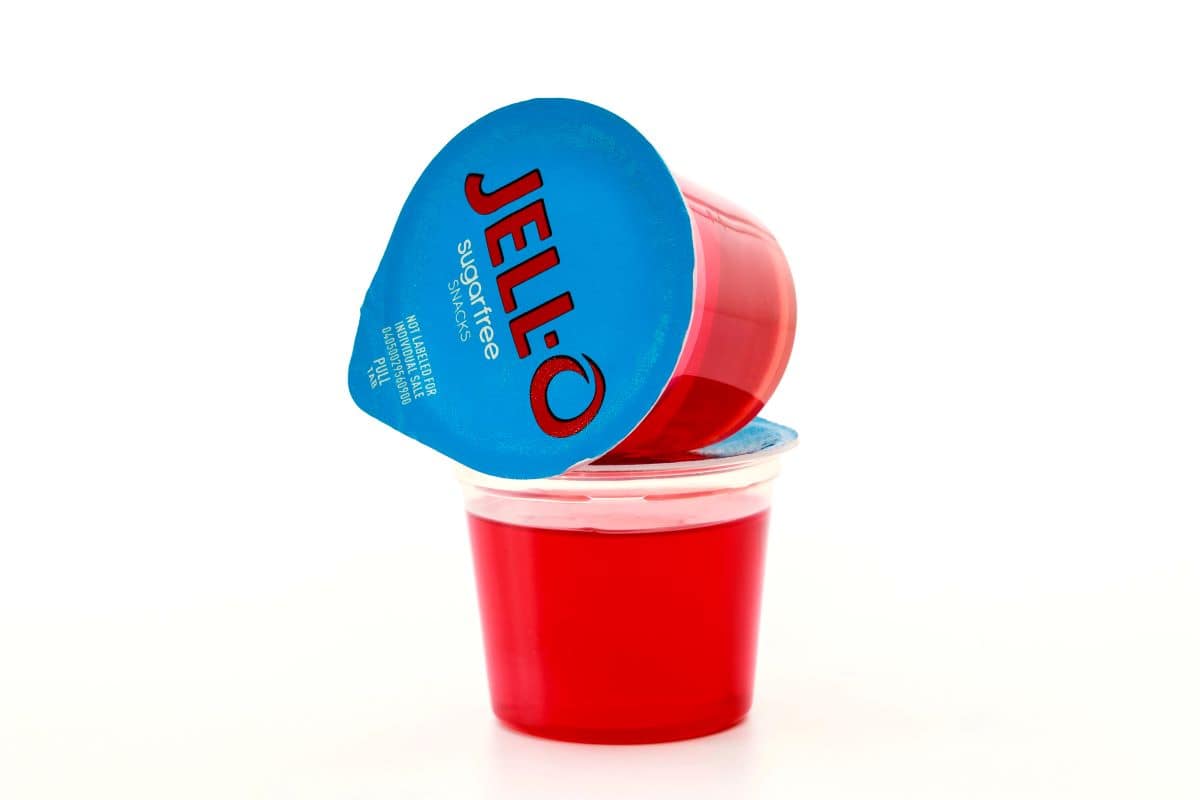
Postwar prosperity brought powdered mixes, instant pudding, and boxed meals into the kitchen. The pantry became a showcase for brands like Jell-O and Betty Crocker. The emphasis was speed, ease, and feeding a family with flair.
The 1960s Bold Labels and Exotic Cans
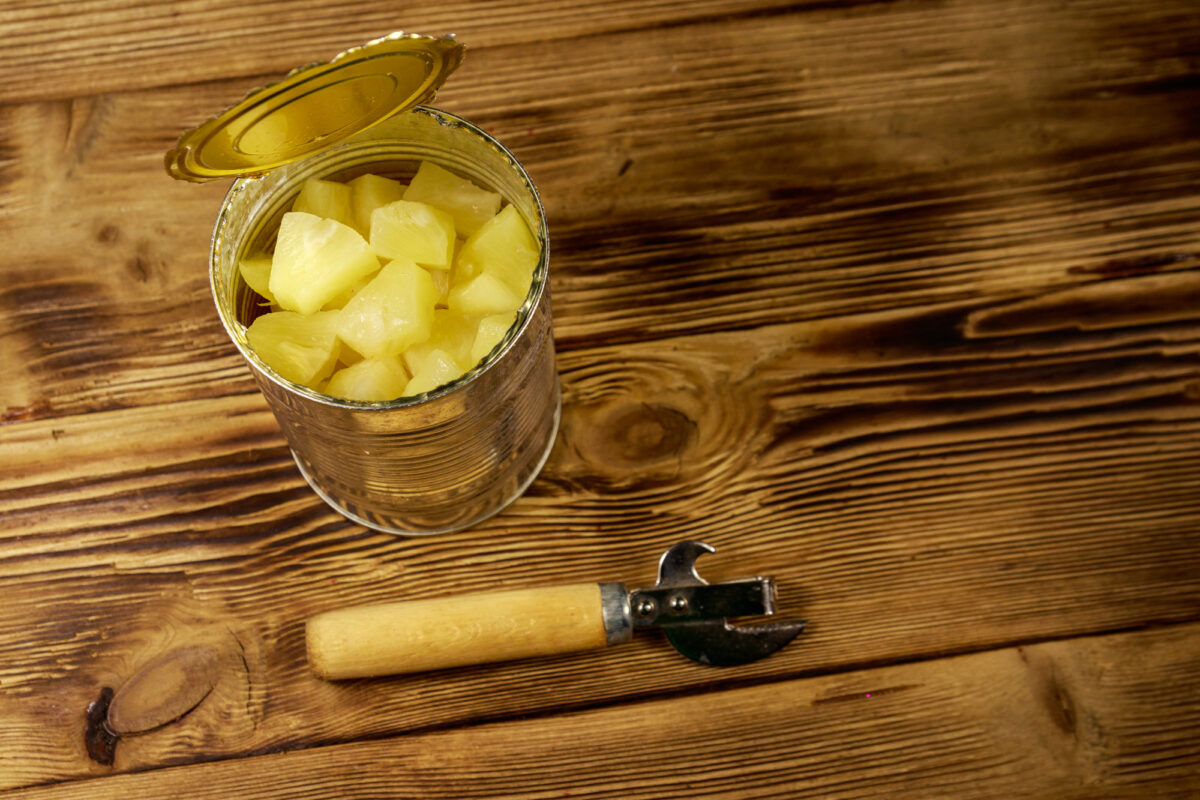
This decade introduced Americans to canned pineapple, soy sauce, and packaged rice pilaf. Pantries started hinting at global influence as suburban cooks began to experiment. The packaging was loud, colorful, and excitingly modern.
The 1970s Brown Labels and Back to Nature Goods

Health food stores gained traction, and whole grains, granola, and organic peanut butter found their way into the pantry. Glass jars, handwritten labels, and brown paper packaging spoke to a new desire for “natural” eating and simpler living.
The 1980s Snack Explosion Era
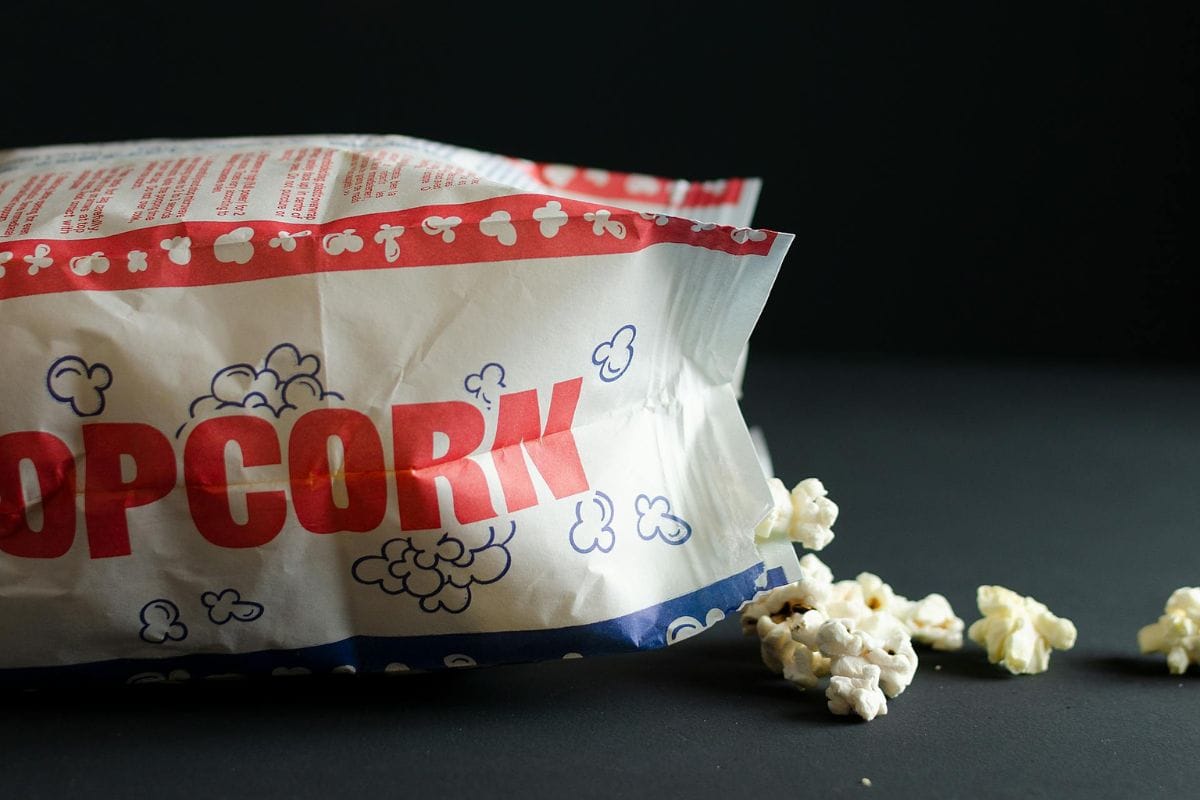
Individually wrapped snacks, sugary cereals, and microwave popcorn dominated shelves. Brands focused on kids, convenience, and novelty. The pantry became more commercialized and more compartmentalized by age.
Related Post: 10 Restaurants In The Midwest Where Reservations Are Almost Impossible
The 1990s LowmFat and High Energy Staples
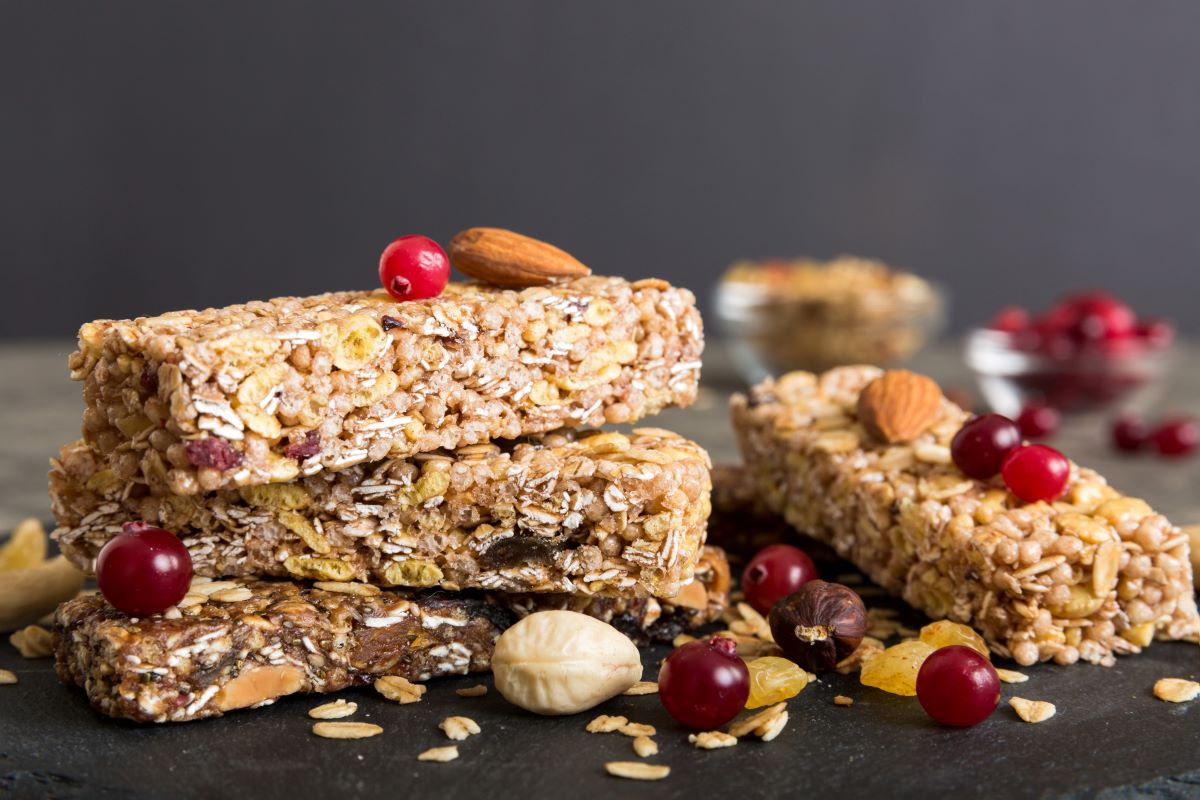
From SnackWell’s cookies to sports drinks, the ‘90s pantry reflected an obsession with dieting and performance. Shelf space shifted toward low fat everything, energy bars, and bottled water. Food began to promise function as much as flavor.
Related Post: 12 Sneaky Ways To Make Cheap Party Food Look Fancy
The 2000s Global Flavors Take Root

Pantries filled with sriracha, couscous, coconut milk, and imported olive oil. Families embraced flavor exploration, with a new focus on multicultural meals at home. Ethnic aisles in grocery stores expanded and became essentials, not novelties.
Related Post: 11 Restaurants Where the Food Is Forgettable But The Story Isn’t
The 2010s Organic, Gluten Free, and Labeled Everything
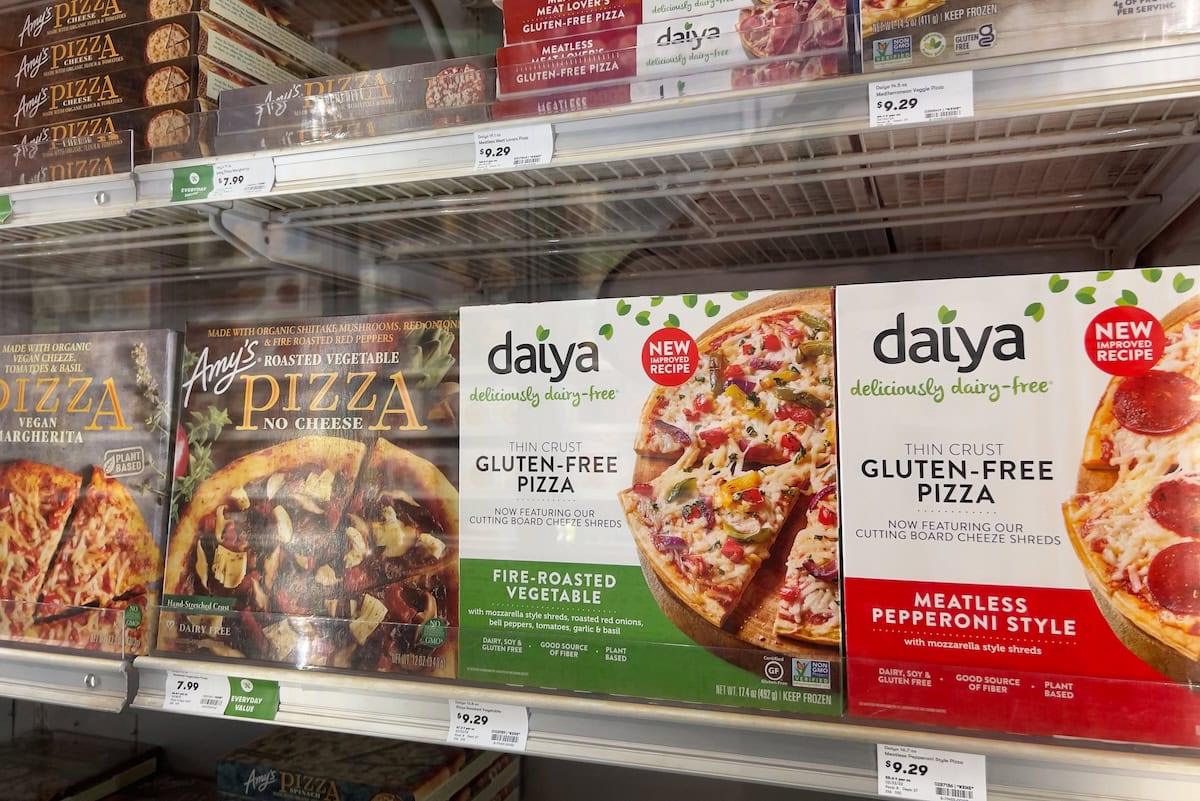
Health claims took over packaging, gluten free, non GMO, vegan. The pantry looked more curated than ever, with shoppers reading ingredients and trusting specialty brands over mainstream ones. Transparency became the new priority.
Related Post: 15 Fast Food Chains That Only Exist In One State And People Are Obsessed
The 2020s Hybrid Pantry Meets Prepper Mode

The pandemic changed how Americans shopped and stored food. Deep pantries became common again, with bulk rice, canned beans, and meal kits stacked high. Today’s pantry blends convenience, wellness, and a little readiness all in one.
Related Post: 15 Farmers Markets In Urban Areas That Feel Like Rural Escapes
Sign up now to receive our exclusive e-cookbook filled with top-rated recipes for FREE!
The American pantry is more than just storage; it’s a mirror of how we’ve adapted, eaten, and evolved. Through photos and products, we glimpse the culture, values, and hopes packed into each jar and box. It’s history, hidden right behind the door.
Disclaimer: This list is solely the author’s opinion based on research and publicly available information.
10 Reasons Baby Boomers Had The Best Food Era

In the tapestry of culinary history, the Baby Boomer generation occupies a distinctive and flavorful chapter. Born between 1946 and 1964, this cohort witnessed a transformative period in food culture, marked by innovation, convenience, and a burgeoning sense of community around the dinner table.
Read it here: 10 Reasons Baby Boomers Had The Best Food Era
How to Save $100+ Every Month at the Grocery Store

From planning your meals to avoiding sneaky upcharges in the snack aisle, here’s a realistic guide to trimming your food budget without adding stress to your week.
Read it here: Things Moms Waste Money On (and Don’t Even Know It)
Is Walmart+ Still Worth It in 2025? The Truth After 3 Years

Is the new Walmart Plus worth the annual fee or is it just another failed version of Amazon Prime? I spent my own money trying this service out for 12 months and counting. I have a lot to say about the benefits and drawbacks in this Walmart+ honest review.
Read it here: Is Walmart+ Worth It? Honest Review 3 Years Later!
You’ll love these related posts:
- 10 Fast Food Chains With Secret Recipes Passed Down For Generations
- 12 Restaurants That Only Locals Know Have Michelin-Level Food Without The Price
- 14 Farmers Markets That Are So Popular You Have To Arrive Before Sunrise
- 12 Cafes That Let You Stay All Day Without Buying More Than One Coffee
- 14 Farmers Markets Where You’ll Spend More Than You Planned And Love It
